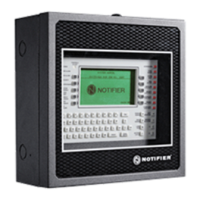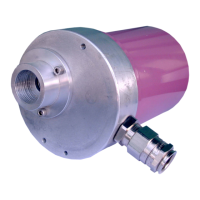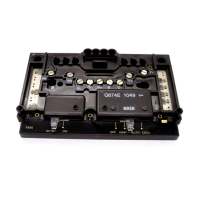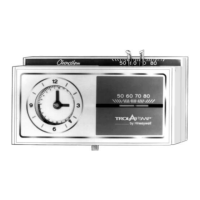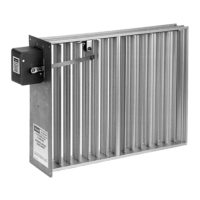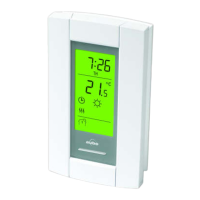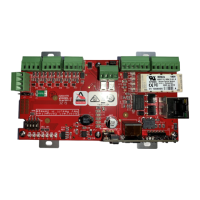5. Configuration
5.6. Configuring Advanced Alarming
R400 Experion PKS Series A Fieldbus Interface Module User's Guide 225
July 2010 Honeywell
5.6 Configuring Advanced Alarming
Overview
With R400, advanced alarming provides the ability to monitor the diagnostic parameters
and generate the system alarms. The definition of the conditions, association between
conditions and diagnostic parameters are user-defined. The condition configuration is
configured in the Control Builder and saved in ERDB and loaded to FIM.
Note: Advanced alarming feature monitors device parameters on a slow schedule.
Considerations
Following are some of the considerations for configuring diagnostic parameters.
You can generate alarms based on the conditions which are configured. These
conditions are user-defined aggregations of device diagnostics that are individually
generated in EPKS.
You can assign criticalities after the device specific conditions are created to
generate the alarms.
Conditions are associated with one or more diagnostic parameters to generate alarm.
The alarm server tracks diagnostic alarms similar to other system alarms.
Each condition has up to 5 parameter references that are used to select bits for alarm
generation. Each reference selects one or more bits from the parameter.
You can enable or disable each condition during the run time. When an active
condition is disabled, then it is removed from the alarm summary display.
By default all conditions are enabled when they are created.
Based on the system performance, you can reconfigure the alarms to eliminate the
conditions that cause redundant or unnecessary alarms to appear.
Enabling or disabling status of a condition can be performed from the device
instance.
You can define a maximum of 32 conditions per device and configure only five
parameters per condition.
For 32 conditions, parameter references must not exceed 36.
You can configure only ten unique parameters per device template.

